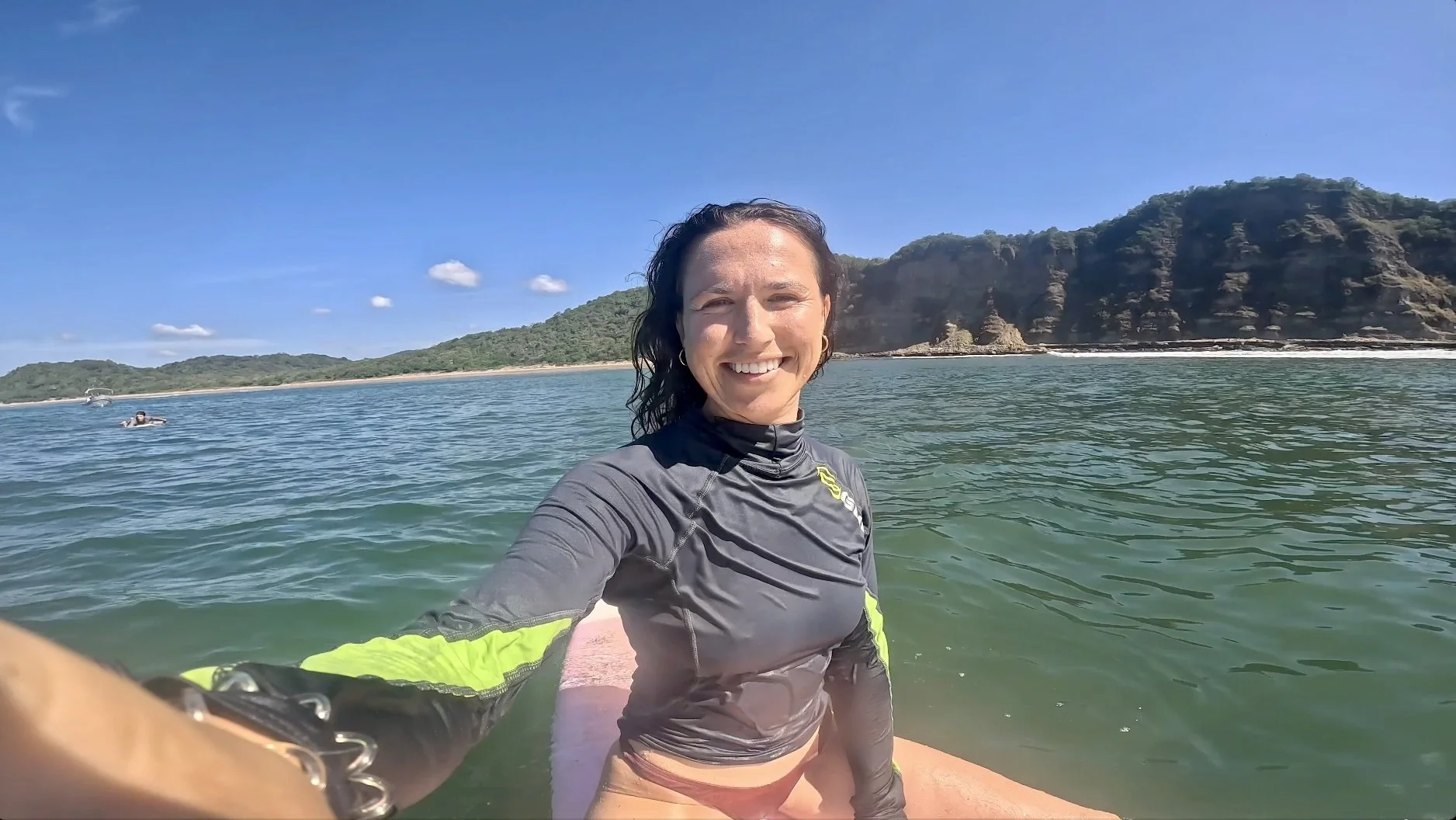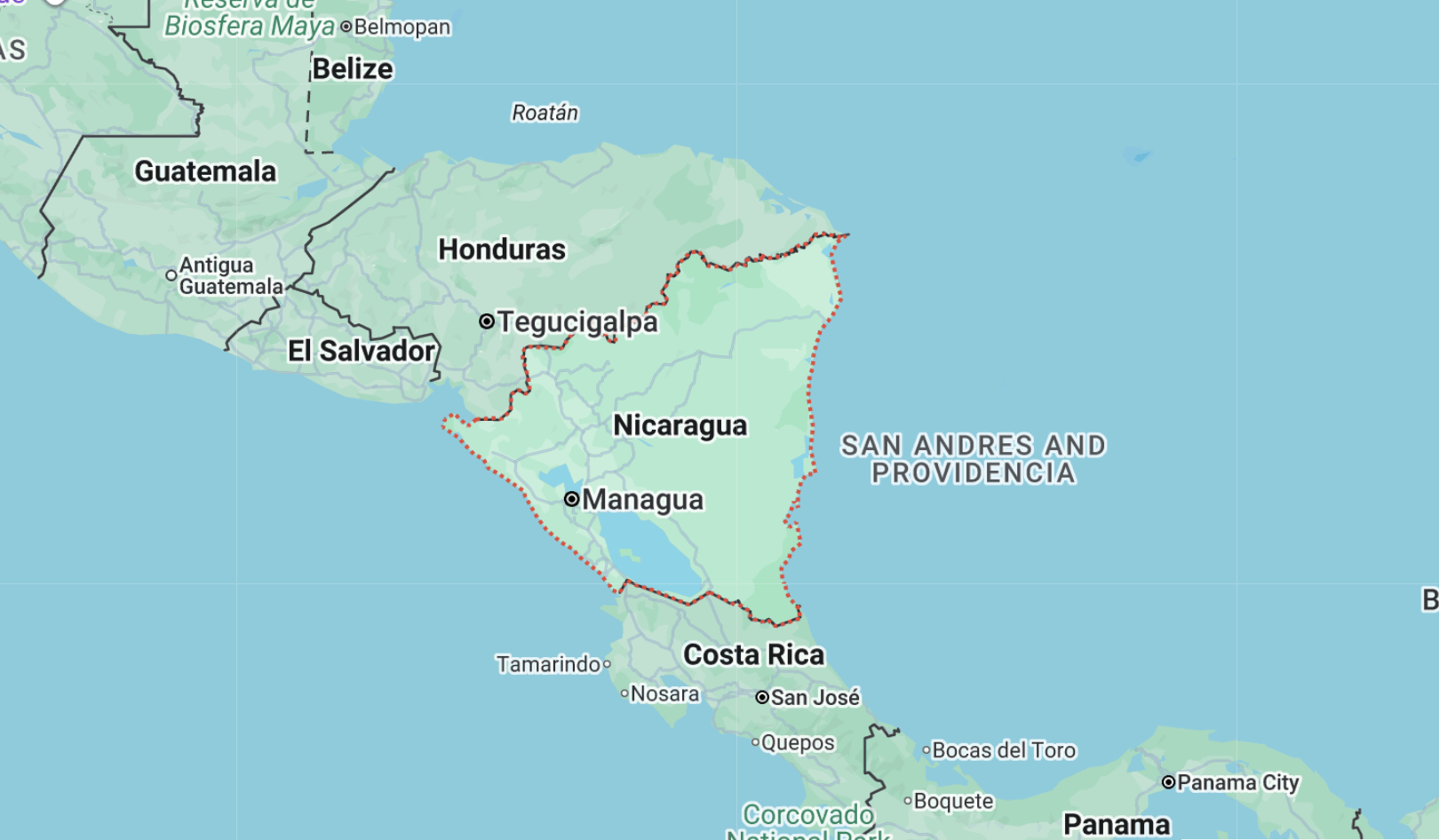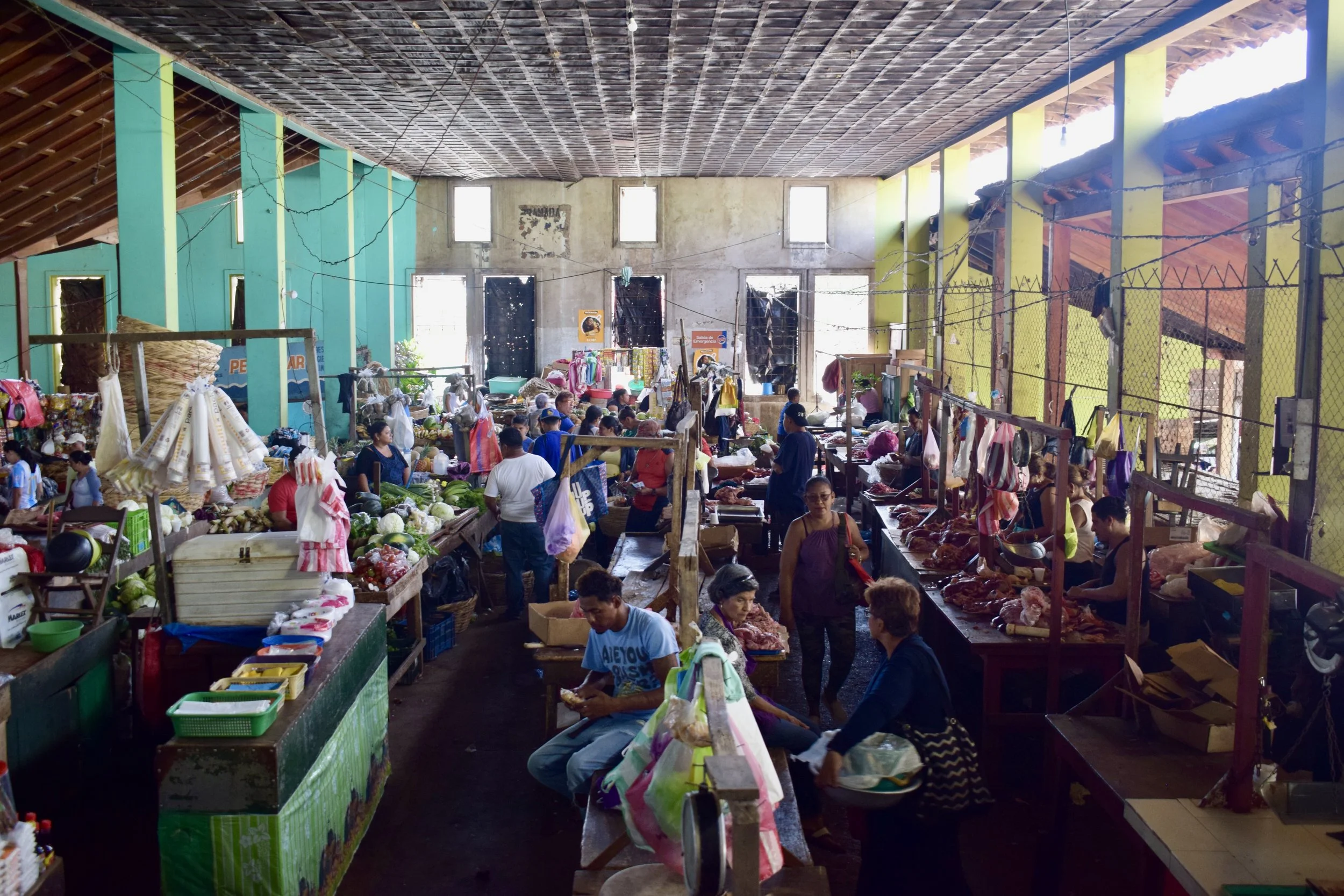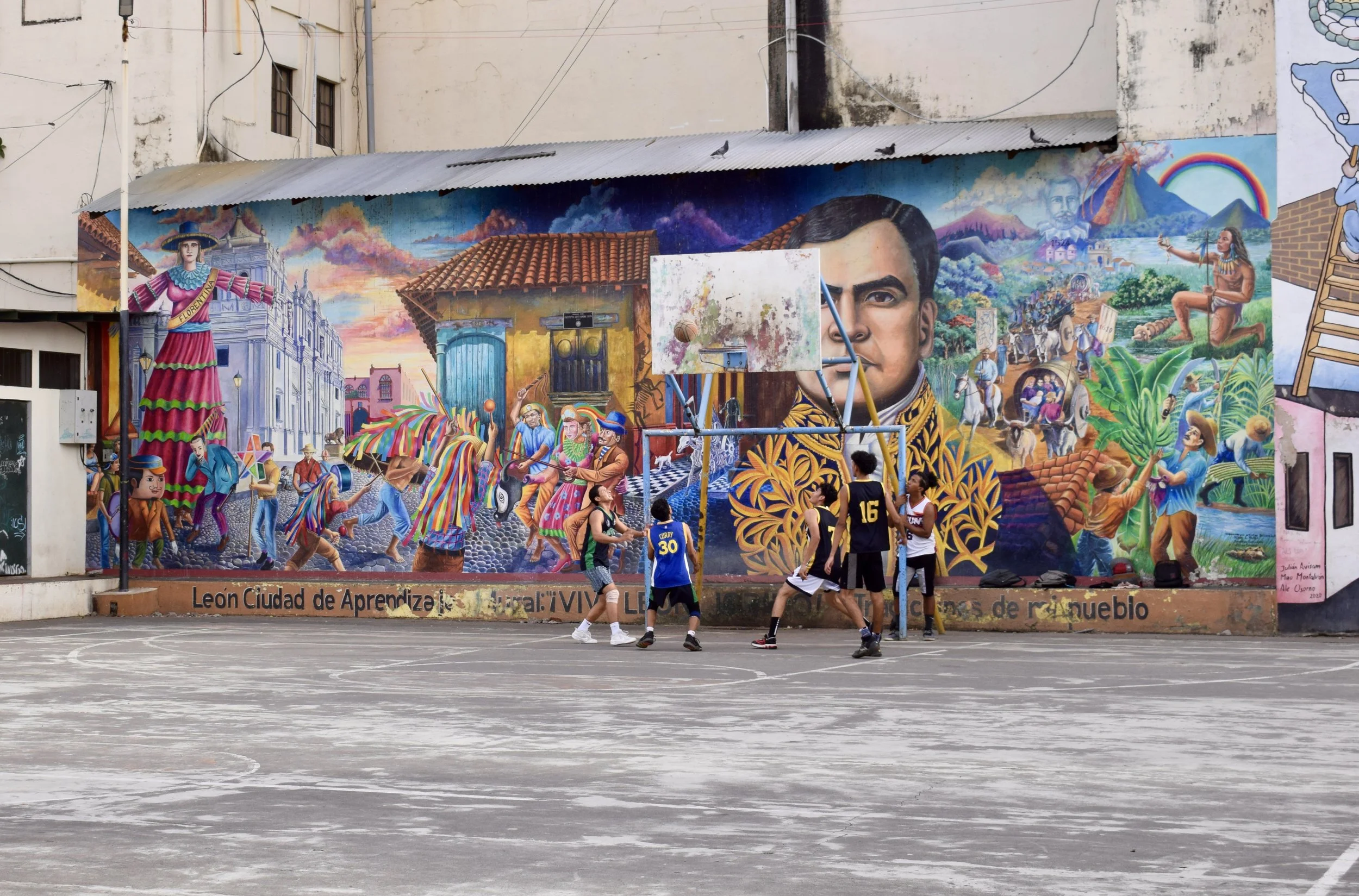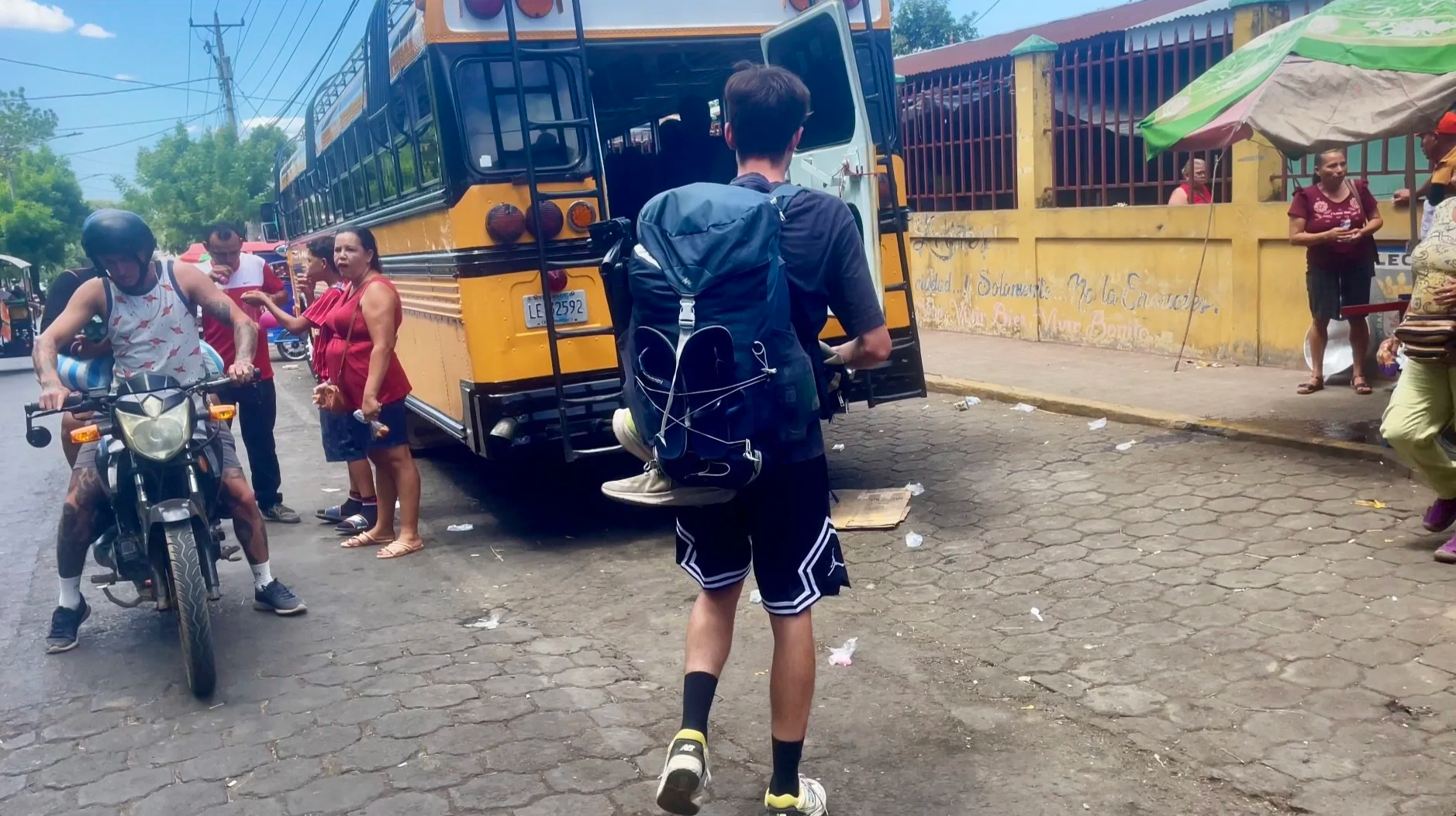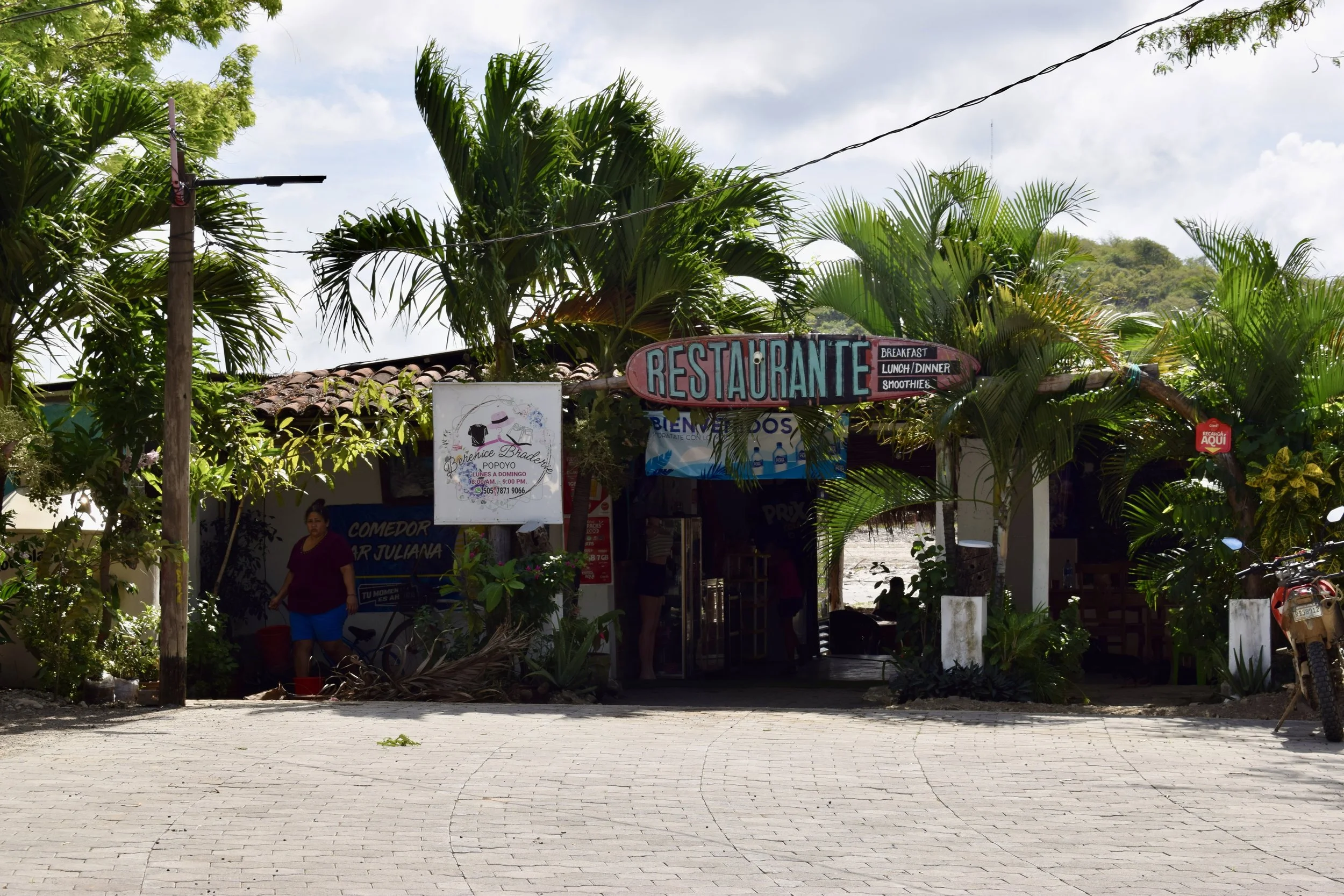Solo travel in Nicaragua: Everything you need to know
Known as the land of volcanoes and lakes, Nicaragua is a country of immense natural beauty, where lush rainforests, towering volcanoes, and tropical beaches coexist with colonial cities and a blend of Latin and Caribbean culture. Sleepy surf towns line the country’s Pacific coast, whilst the Caribbean coast is renowned for its crystal-clear waters and world-class diving.
Unlike its more developed neighbours, Nicaragua offers a more authentic travel experience. Its relative lack of mass tourism is partly due to past political unrest and natural disasters, but don’t let that put you off. The country is far safer than many assume, and I found its people to be some of the warmest and most welcoming in Central America.
I found the people in Nicaragua to be extremely friendly
What was I doing in Nicaragua?
Initially, I was drawn to Nicaragua for its Pacific coast surf and ended up spending two months there during the UK winter. My travels took me through the country’s main colonial cities and along parts of the Pacific coastline – where you experience the country’s Latino culture.
I found Nicaragua to be one of the easiest places I’ve ever travelled and I was able to truly relax there. Speaking some Spanish helped, but more than that, it was the country’s unhurried pace of life that made it so easy to settle in.
What I loved most was the authenticity – many places remain untouched by mass tourism, open landscapes stretch for miles, and life feels refreshingly simple in a way that’s increasingly rare.
I was in Nicaragua for the surf and Latino culture
Where is Nicaragua?
Nicaragua is the largest country in Central America, bordered by Honduras to the north and Costa Rica to the south. It stretches between two coastlines – the Caribbean Sea to the east and the Pacific Ocean to the west.
The country’s interior is mountainous, creating a diverse range of climates. The coasts are typically warm, the cities even hotter, while the highlands offer a cooler escape from the heat.
Nicaragua is a country in Central America
Weather and when to visit Nicaragua
You can visit Nicaragua year-round, but the climate is divided into two distinct seasons.
The dry season (November to April) is the most popular time to visit, with sunny days averaging around 30°C and minimal rainfall. Surf conditions are calmer and more beginner-friendly during this period. The busiest time of year is around Christmas and New Year when tourism peaks.
The rainy season (May to October) sees fewer crowds and lower prices. While the Pacific coast still enjoys plenty of dry spells, the Caribbean side experiences heavier rainfall. The rainy season also picks up the biggest swells and most consistent surf.
I spent two months in Nicaragua during the dry season (January and February)
Is it safe to travel to Nicaragua?
A lot of people are deterred from visiting Nicaragua because of the recent turmoil and political conflict. However, I don’t think you should let that put you off visiting. Generally it is considered a safe place to visit and there are low crime rates throughout the country.
However, as with anywhere, it's important to stay aware of your surroundings and take standard precautions. It’s also useful to have an understanding of the country’s history and politics.
Nicaragua is known as the land of volcanoes and lakes.
Nicaraguan language, culture and history
Nicaragua was originally home to various Indigenous groups, but Spanish colonisation in the 16th century led to significant cultural shifts. Cities like Granada and León were established, and over time, Indigenous languages and traditions were largely replaced by Spanish influence. Today, only a few small Indigenous communities remain, and the country’s Latino identity is evident in its language, music, and architecture.
In contrast, the Caribbean (Mosquito) coast has a different history. British colonisers arrived in the 17th century, and their influence also remains strong. Many locals speak a form of English, and the region has a distinct Caribbean and African cultural heritage.
Nicaragua gained independence from Spain on September 15, 1821 and from Britain in 1860. After briefly forming part of the Federal Republic of Central America, it became a fully independent republic in 1838.
Mercado Central in Granada blares with Latino Music
Nicaragua’s revolution and recent turmoil
Since gaining independence, Nicaragua has endured civil wars, US interventions, and long periods of dictatorship. In the early 20th century, the US occupied the country to protect its economic interests, sparking resistance from guerrilla leader Augusto César Sandino. Though the US withdrew in 1933, Sandino was assassinated the following year.
From 1939 to 1979, the Somoza family ruled Nicaragua under an increasingly oppressive dictatorship. Widespread discontent led to the Sandinista revolution, which overthrew the regime and introduced socialist rule. This sparked a counter-revolution in the 1980s, with US-backed Contra forces fighting against the Sandinista government in a brutal civil war.
After years of internal conflict and foreign intervention, Nicaragua transitioned toward democracy in 1990. However, political polarisation remains a reality, and discussing the government critically can be risky. If you visit, it’s best to stay informed but cautious about political conversations.
Murals depicting the revolution and history of León cover the city
Where to go in Nicaragua
There’s no single best itinerary – talk to locals and fellow travellers for recommendations. But as a starting point, here are the places I visited:
Popoyo – A quiet surf town on the south Pacific coast, with miles of sandy beaches. I spent a month here surfing and remote working.
Ometepe – A volcanic island in Lake Nicaragua, offering a peaceful retreat with volcano hiking and cycling opportunities. I rented a bike and cycled around the island.
Granada – Nicaragua’s first colonial city, known for its beautiful Spanish architecture and colonial history. Granada is a UNESCO World Heritage Site.
León – A lesser-visited city, León is a hub of Nicaraguan revolutionary history and academic culture. It’s also a great place to take Spanish lessons and stay with a local family.
Las Peñitas – Just 20 minutes from León, this sleepy surf town offers long sandy beaches, surf schools, and little else – perfect for a quiet escape.
Cycling around Ometepe was one of the highlights of my time in Nicaragua
Public transport in Nicaragua
Getting around Nicaragua is fairly easy, with options including car or motorbike rentals, taxis, and public transport.
Car and motorbike rentals are most accessible in Managua, particularly near the airport, where several rental companies operate.
Taxis are available throughout the country and are best arranged through your accommodation, which can also provide information on local tourist shuttles.
For budget-friendly transport, tuk-tuks and bicycle taxis are great for short distances within cities. In Popoyo and Ometepe I also hitchhiked very easily.
For longer distances, chicken buses are the most budget-friendly option, though you may need to change buses in larger cities. While some drivers can be a bit erratic, I found they often get a worse reputation than they deserve. Overall, they’re a reliable and affordable way to travel across the country.
Chicken buses are the cheapest way to get around Nicaragua
How much does it cost to travel in Nicaragua?
Nicaragua is generally more affordable than other Central American destinations, particularly when you shop at locally owned businesses. However, prices can vary depending on the region – typically, the further south you go along the Pacific coast, the higher the costs.
The local currency is the cordoba, though USD is widely accepted.
A typical meal of rice, beans, meat, and salad at a local restaurant will cost between $5 and $8, including a drink.
For public transportation, a short-distance bus fare is under $1, while longer routes typically cost just a few dollars.
Surfboard rentals range from $8 to $12 per day, with lower prices available in more northern destinations or for longer rentals.
You can stay with a local family in Leon, including a week of Spanish lessons and three meals a day, for around $260.
Accommodation prices vary greatly, depending on where you stay and the level of luxury you’re looking for. The cheapest private room I got was $10, but sometimes I paid more than double that for a dorm in a hostel room.
Nicaraguan owned restaurants provide the tastiest and most affordable food
Other useful information about travel in Nicaragua
Phones and local SIM Cards: The main local phone networks are Claro and Tigo. I used Tigo, and a SIM card with 6 GB of data cost me under $3.
Water: It's not safe to drink tap water in most places, though areas like Ometepe may have better quality water. To stay safe, bring a water bottle with a filter so you can drink anywhere without worry.
Visas on Arrival: You can obtain a visa on arrival in Nicaragua, which is typically valid for 90 days. Be sure to check entry requirements before you travel, as they may change.
Nicaragua has a large Catholic population and you will find many churches in the cities
Conclusion
Nicaragua was one of the most relaxed places I’ve travelled. Whether you’re looking to chill on the beach, surf the Pacific coast, or escape from mass tourism you’ll find it here – for now. However, with the rate at which land is being bought up by foreign investors, and Chinese investment in infrastructure there, I expect it will change a lot in the next ten years.
Despite its complicated history, I found Nicaragua safe, affordable, and full of welcoming people, which is why it’s growing in popularity as a visitor destination.
Like to follow my adventures? Sign up to my newsletter so that you don’t miss a blog.
Want to work with me? Get in touch for more information on my freelance writing services.

